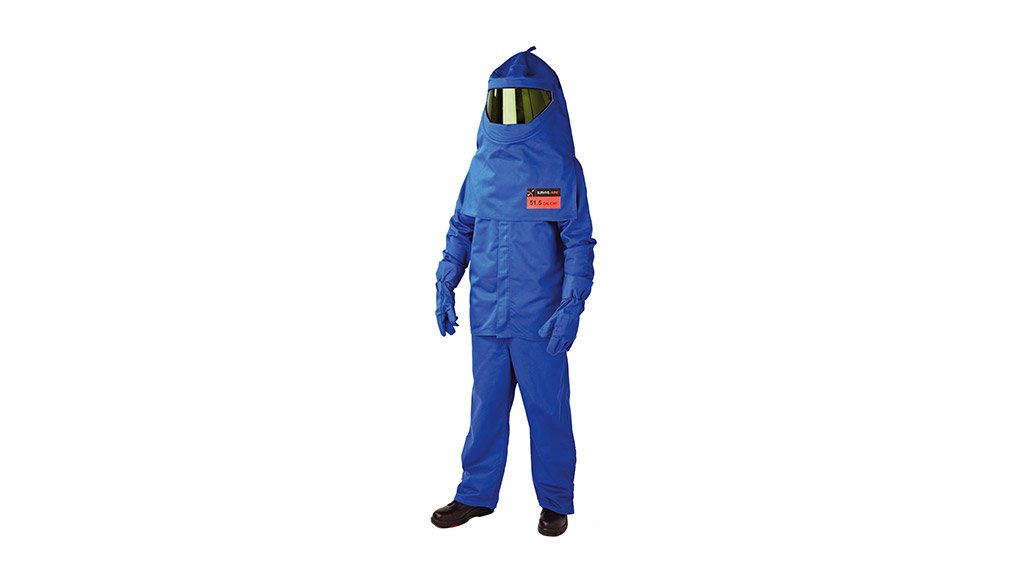Personal protective clothing (PPC) manufacturer Charnaud has embarked on an initiative to educate people on the dangers of combustible dust.
“Considering the history of combustible dust, one finds that nearly 300 explosions have injured or killed more than 800 workers since 1980,” says Charnaud marketing specialist Lizanne Scholtz, adding that the most common combustible dusts include those derived from wood, food products, coal, plastics and metals.
Dust explosions occur when an ignition source – caused by friction, electrostatic discharge or overheated surfaces – ignites a relatively high concentration of combustible dust suspended in the air.
Scholtz explains that when combustible dust ignites, it creates a rapidly moving flame front, or flash fire, as dust has a large surface area in relation to its mass, which means that it burns faster.
Flash fires create a rapidly moving flame front of about 84 kW, or 2 cal/cm2, for relatively short durations – typically three seconds or less.
She highlights that flash fires are fuel limited, thus, the fire danger passes quickly; therefore, the main hazard is the ignition of flammable materials, such as clothing, which causes the most severe injuries, and even fatalities, in flash fires.
With this in mind, Scholtz notes that flame-resistant (FR) clothing is designed to provide industrial personnel with some time to escape a hazardous situation and not suffer injuries as a result of their clothing igniting. She says FR material can be described as a material that self-extinguishes and will not fuel a fire: “FR materials push oxygen away, starving the flame.”
Scholtz says Charnaud is regarded as a leading global supplier of PPC for flame, heat, molten-metal and electric arc flash protection, as well as hazardous liquids in flammable environments.
Quality Worth the Cost
Owing to the current downturn in the mining sector and its effect on surrounding industries, South African companies have faced strenuous budget constraints, says Scholtz.
Nevertheless, Charnaud urges the mining and utilities industries to prioritise the safety of their workers, instead of seeing it as an expense.
“Charnaud is constantly trying to educate its customers on the ‘life of garment’ concept. “If you buy a garment that has stood the test of time and can stay fire-resistant for its life span, you will save costs over time, as you will not need to constantly replace damaged or substandard garments,” she asserts.
Scholtz adds that the company has made a long-standing commitment to ensure the safety of its customers, the ongoing development of highly specialised technology and innovative improvements to PPC.
“Going into 2016, the AJ Charnaud & Company team will continue to uphold this spirit of innovation and excellence in PPC and equipment.”
Edited by: Samantha Herbst
Creamer Media Deputy Editor
EMAIL THIS ARTICLE SAVE THIS ARTICLE
To subscribe email subscriptions@creamermedia.co.za or click here
To advertise email advertising@creamermedia.co.za or click here













